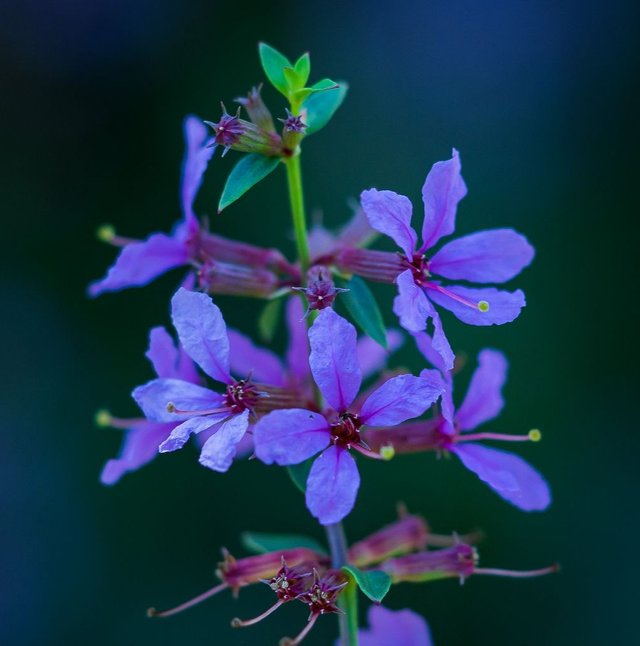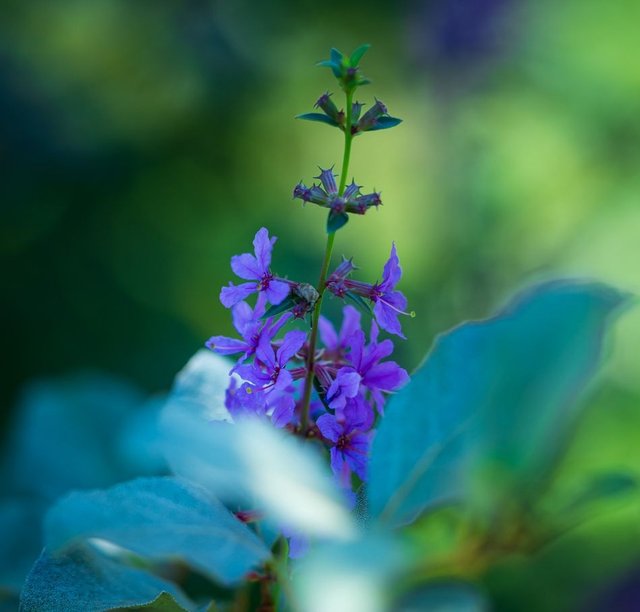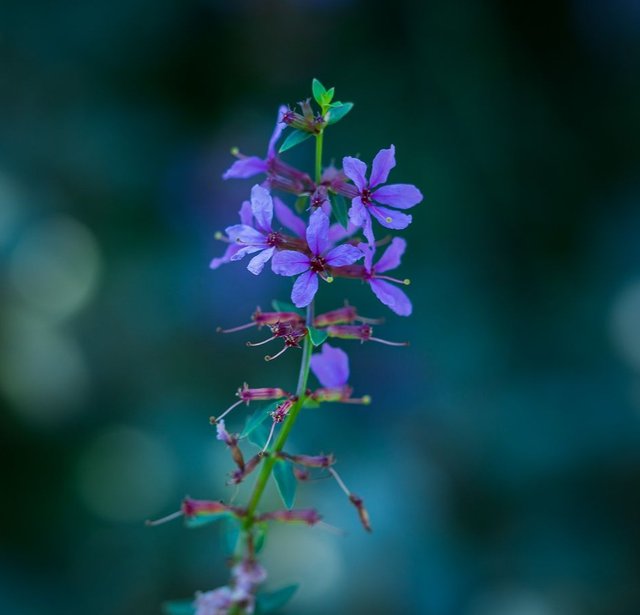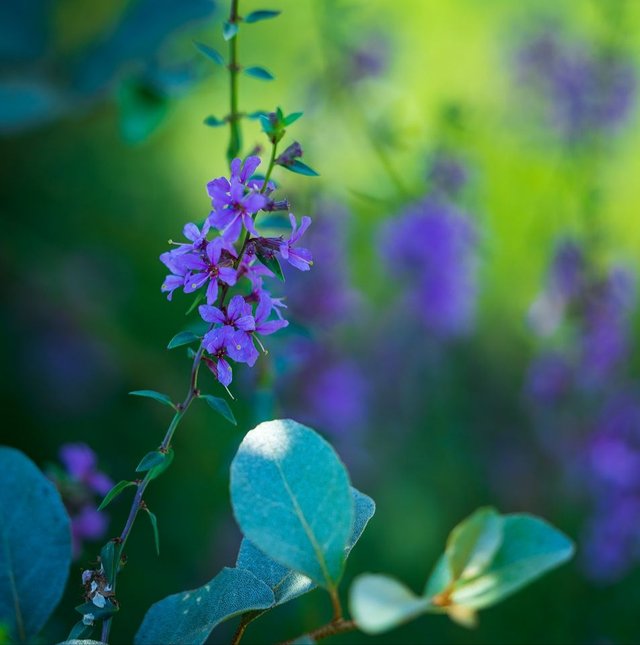Beautiful Colour Winged Loosestrife Flower
Winged Loosestrife: A Detailed Exploration
Winged loosestrife is a herbaceous perennial plant native to North America, specifically found in wetlands, marshes, and wet meadows. This plant is part of the Lythraceae family and is often overshadowed by its more infamous cousin, the Purple loosestrife, an invasive species. Unlike the invasive species, Winged loosestrife is a non-invasive, beneficial plant to the native ecosystems where it grows. Let’s explore this unique plant’s physical characteristics, habitat, ecological role, and importance in conservation efforts.
Physical Characteristics
Winged loosestrife typically grows to a height of 1 to 3 feet, making it a relatively modest plant compared to some of its towering neighbors in the wetland environment. Its most distinctive feature is its winged stems, which give the plant its name. The stems have narrow, membranous "wings" or ridges that run down their length, making them stand out from other species in the same environment.
The leaves of Winged loosestrife are opposite, lance-shaped, and grow up to 2 inches long. The leaves are typically a bright green color, and they are arranged along the stems without stalks, sitting directly against the wings.
One of the plant’s most striking features is its flowers. These small, delicate blooms appear from mid-summer to early fall, usually from July through September. The flowers are generally pink to pale purple, with six petals, and are arranged in loose clusters. Each flower has a tubular base and spreads into star-shaped blooms, creating a soft, elegant appearance. While the flowers are not particularly large or showy, their subtle beauty and the plant's overall structure make it an attractive addition to native plant gardens.




